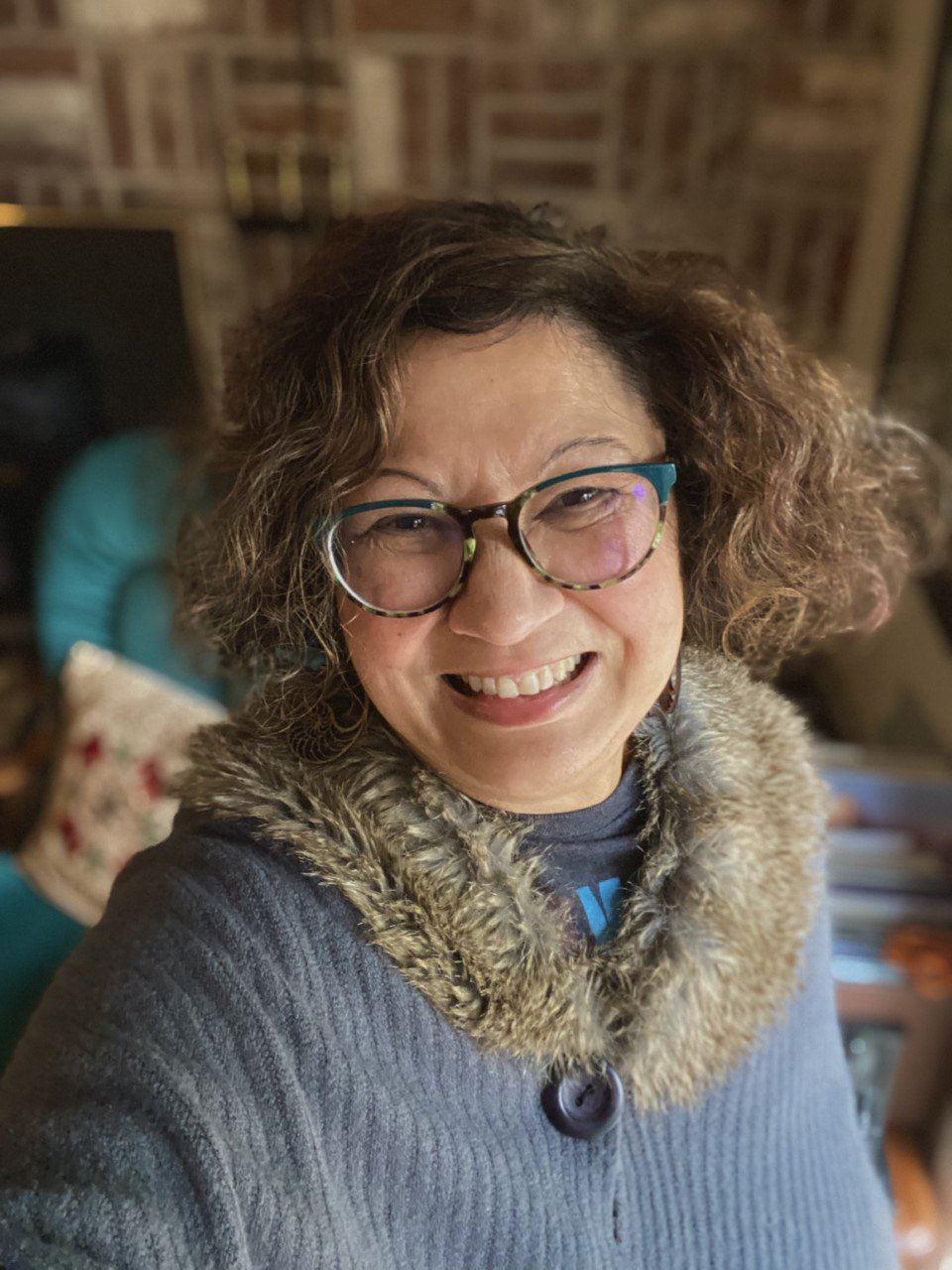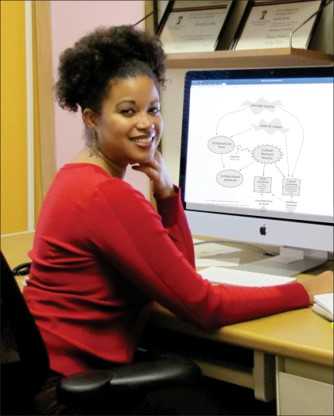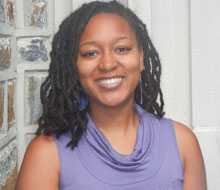By Reshmi Dutt-Ballerstadt
When Inside Higher Ed’s “Conditionally Accepted” column published my op-ed “A Checklist to Determine if You Are Supporting White Supremacy,” I was warned of potential backlash. Then it went viral.
While my piece was shared by hundreds of colleagues around the country, especially faculty of color, marginalized faculty and those who are committed to various equity, diversity and antiracist initiatives and interventions, it was simultaneously shared on right-wing media platforms that actively support structural, institutional and cultural racism and discrimination.
By Jan. 13, 2018, the next day, Campus Reform had picked up the piece and retitled it as “Prof Creates Checklist for Detecting White Supremacy.” This retitled piece had already been shared 1,500 times on various right-wing social media outlets.
The College Fix, The Washington Times, Barbwire, Reddit, The Blaze, The Gateway Pundit, Liberty Unyielding, Legal Insurrections and The Rightly Reportrepublished the article on their sites under different titles. The National Sentineltitled its piece “Campus COMMIE: Lib Professor Claims Meritocracy is WHITE Supremacy.” The various headlines in these right-wing and alt-right publications quite correctly defined me as a “liberal” or “left-wing professor,” while others like The National Sentinel mistakenly marked me as an academic pushing “Communist” ideas in the classroom. Some right-wing critiques suggested that op-eds like mine are a clear indication that “Serious study is being replaced with social justice activism.” The College Fix made a point to emphasize that “Gender studies coordinator offers ‘checklist’ to determine if you support white supremacy.”
The above headlines proved my central thesis on white supremacy and two other significant points:
- These backlashes against social justice scholarship and activism are a reminder of the pervasive nature of everyday white supremacy in our culture.
- Social justice activism is not divorced from “serious study” — it is “serious study.”
There were also confessions from self-proclaimed white supremacists. In Renegade Tribune, “WhiteWolf” commented, “I’m White so of course I support White supremacy. If Whites aren’t supreme then that means that other races are supreme over us. Why would I want that?” Joining WhiteWolf, thousands of self-proclaimed white supremacists doubled down on their racism, but also confirmed some features of white supremacy as noted in my “checklist.”
By Jan. 16, 2018 (just four days after the publication of the op-ed in Inside Higher Ed) conservative millennial Allie Beth Stuckey debated former Missouri Democratic state representative Don Calloway on Fox News, using my op-ed as a premise for discussing white supremacy, white racism and liberal bias on various college and university campuses. In their conversation Stuckey commented on how liberal professors are using “bias to drive their curriculum rather than honest dialogue” and concluded that “liberal colleges teach white shaming.”
While those who teach about racism and conduct antiracist work grounded in sociological and historical findings are repeatedly charged with “white shaming,” what is also ironic is that such work (both academic and activist) is often marked as promoting “reverse racism.” Sara Ahmed in her book On Being Included: Racism and Diversity in Institutional Life makes a poignant remark on “how the creation of diversity as a political solution can participate in making those who speak about racism the cause of the problem.”
These outbursts and outrages against liberal professors who have written or spoken about white supremacy in America have become routine. Scholars like Steven Salaita, Saida Grundy, Johnny Eric Williams, George Ciccariello-Maher, Amanda Gailey, Dorothy Kim and, most recently, David Palumbo-Liu have all been subjected to severe right-wing media scrutiny for their stances against white supremacy, white privilege, settler colonialism and fascism.
Furthermore, many scholars, and particularly those who are faculty of color or marginalized, have received little to no support within their own institutions that proclaim to protect the academic freedom of their faculty members. Their experiences mirror what Arianne Shahvisi has called “epistemic injustice” within the academy.
It should be noted that it is not just these attacks, but the chilling effect it produces on academic freedom that is detrimental to all faculty. While some institutions have taken strong positions to protect the academic freedom of their faculty members, there are other institutions whose reactions have been lukewarm. On her blog, Tressie McMillan Cottom points out quite succinctly “how woefully underprepared universities are to deal with the reality of public scholarship, public intellectuals, or public engagement.” Joan W. Scott (in an interview given to Bill Moyers) concluded that the treatment scholars is receiving today are worse than during the McCarthy era. “The internet has made possible a frightening practice of threats and intimidation — threats of unspeakable violence and death … McCarthy’s were violent threats at a more abstract level. These are specific threats.”
So rather than depending on institutions to respond, I want to suggest a few safeguards if you want to enter the public discourse of critiquing white supremacy. These safeguards will certainly not eliminate any attacks or threats but can certainly minimize it.
- Be sure to remove from your institutional page your email address, telephone number, office address, office hours and any personal information that can easily be assessed by internet trolls.
- Make your Twitter account private and set your Facebook setting to “friends only” before the publication of your piece.
- Forward your piece to your president, dean or provost, head of the campus security, and media relations office as soon as it is published. This allows them to prepare a strategy to protect you and the institution before they start receiving thousands of phone calls and requests to fire you.
- As you start receiving the first wave of backlash, remind your administrators of the institution’s policy on academic freedom and request that they keep you informed about any outside interventions or threats made against you.
- Forward your administration AAUP’s recent publications on targeted online harassment and “What You Can Do About Targeted Online Harassment.”
- Avoid hyperlinks to any alt-right and right-wing media outlets. By linking to them, you not only invite the digital mob to make you a target for their attacks, but also promote their revenue stream.
Just alerting the administration will not be enough. You will have to safeguard yourself from the emotional stresses as a result of the various threats and comments made on social media about you.
- Do not take each comment made by the trolls seriously, but do report the serious threats to your administration.
- Expect some of your own liberal (white) colleagues to be a bit nervous around you. Many of them will not want to discuss your article, although they may have read it. Give them time to process what you have written. Most of your colleagues are well meaning but simply are not trained to discuss race or white supremacy.
- Do not take it personally if people you thought were your allies are hesitant to share your piece on their social media spaces. Some of them have conservative friends and family members, and sharing your piece (which your allies actually endorse) may also invite some ugly conversations on their own social media space.
- Welcome the new group of allies who will thank you for your thoughts and share with you some of their own experiences.
Last but not least, stick to your conviction about what you have written and said and remind yourself what Angela Davis once declared: “I am no longer accepting the things I cannot change. I am changing the things that I cannot accept.”
Bio
 Reshmi Dutt-Ballerstadt is a professor of English and also co-coordinates the gender studies program at Linfield College in Oregon. She is the author of The Postcolonial Citizen: The Intellectual Migrant. Her most recent pieces of public writing are “On Being the Right Kind of Brown” and “When Free Speech Dismantles Diversity Initiatives,” both published in CounterPunch. She also has a blog called On Being Brown and Out/Raged.
Reshmi Dutt-Ballerstadt is a professor of English and also co-coordinates the gender studies program at Linfield College in Oregon. She is the author of The Postcolonial Citizen: The Intellectual Migrant. Her most recent pieces of public writing are “On Being the Right Kind of Brown” and “When Free Speech Dismantles Diversity Initiatives,” both published in CounterPunch. She also has a blog called On Being Brown and Out/Raged.


 Note: this blog post was originally published on our career advice column on Inside Higher Ed (
Note: this blog post was originally published on our career advice column on Inside Higher Ed ( Note: this was originally published on our career advice column on Inside Higher Ed (
Note: this was originally published on our career advice column on Inside Higher Ed (